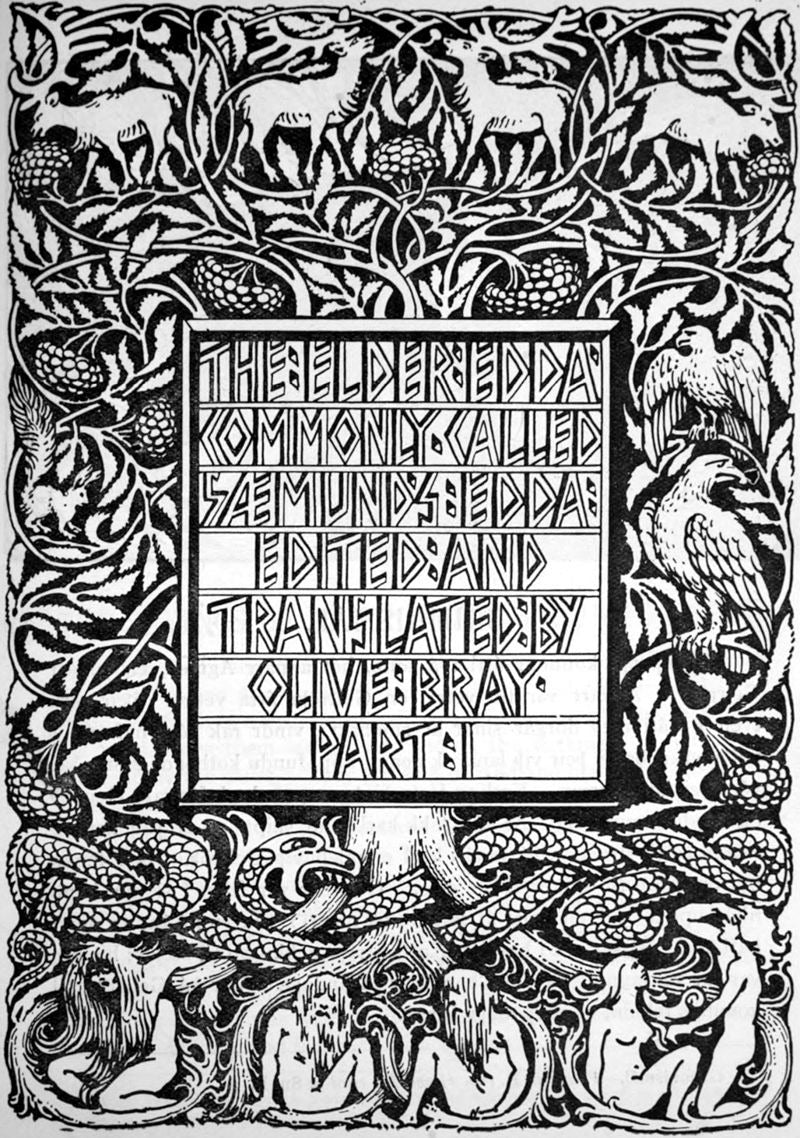Article: Norse Echoes in the Seven Kingdoms
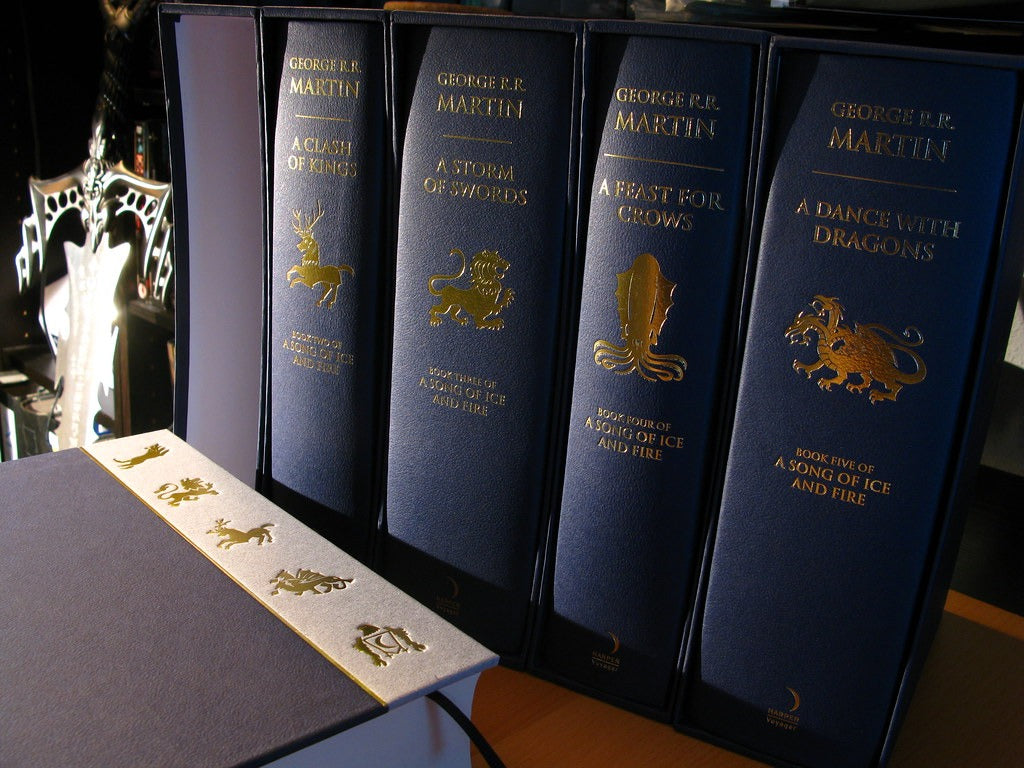
Norse Echoes in the Seven Kingdoms
In the vast, sprawling world of George R.R. Martin's A Song of Ice and Fire, echoes of the Norse sagas resound through the Seven Kingdoms and beyond. From the icy wastes beyond the Wall to the storm-tossed Iron Islands, the influence of Old Norse mythology and Viking culture is woven into the very fabric of Martin's creation. Let's embark on a journey through this rich tapestry, exploring the threads of Norse inspiration that Martin has so skillfully incorporated into his epic tale.
The World Tree and Weirwoods
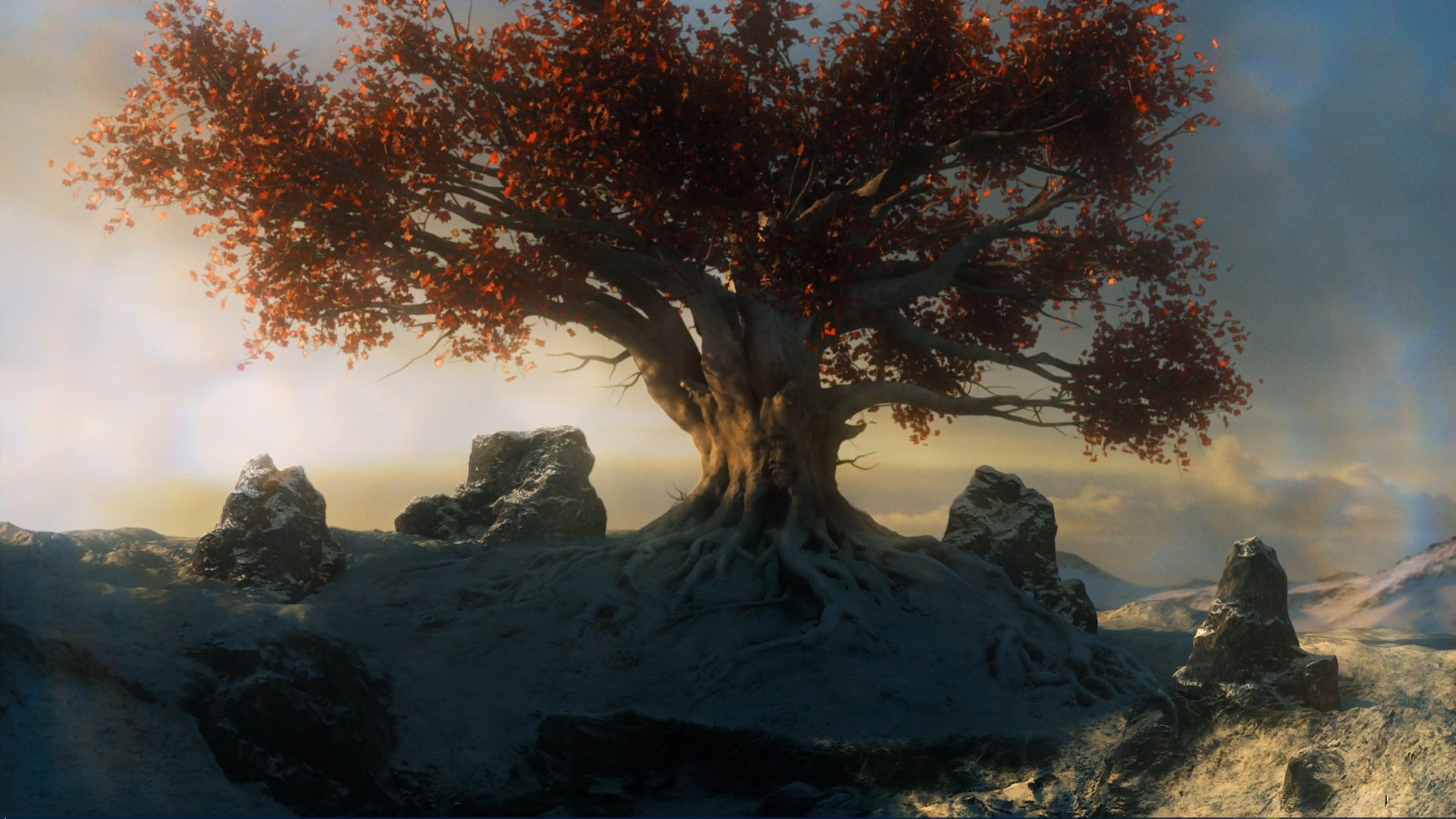
A Weirwood Tree, as seeen in one of Bran Stark's visions
Yggdrasil's Reflection
At the heart of Norse cosmology stands Yggdrasil, the world tree that connects the nine worlds of Norse mythology. In Westeros, we find its reflection in the ancient weirwood trees, with their bone-white bark and blood-red leaves. These sacred trees, like Yggdrasil, serve as conduits between the mortal world and the realm of the gods - or in this case, the mysterious greenseers.
The Old Gods and Norse Deities
The nameless Old Gods worshipped in the North bear a striking resemblance to the nature-oriented deities of Norse paganism. Just as the Norse believed their gods dwelt in sacred groves and natural formations, the Old Gods of Westeros are said to inhabit the weirwoods, watching through carved faces and whispering through rustling leaves.
The Long Night and Ragnarök

Fimbulwinter in Westeros
The dreaded Long Night of Westerosi legend, a generation-long winter of darkness and terror, finds its parallel in the Norse concept of Fimbulwinter. This three-year winter, unbroken by summer, heralds the coming of Ragnarök, the doom of the gods. In both mythologies, this eternal winter brings with it the threat of humanity's extinction.
The Others and Frost Giants
The Others, with their icy nature and threat to the realms of men, bear more than a passing resemblance to the frost giants of Norse myth. Both are forces of cold and darkness, threatening to overrun the world of the living. The battle against the Others echoes the final conflict of Ragnarök, where gods and giants clash in a war that will remake the world.
Dragons and Norse Mythology

Paganheim's Dreki Bani Arm Ring
Draconic Parallels
While dragons are a common feature in many mythologies, Martin's dragons share specific traits with their Norse counterparts. The dragon Fafnir, slain by the hero Sigurd, was once a man transformed by greed. This theme of transformation is mirrored in the Targaryens' deep connection to their dragons, culminating in characters like Daenerys who is reborn in fire, emerging with her dragons.
Dragon Riders and Valkyries
The Targaryen dragon riders, soaring through the skies on their fearsome mounts, evoke images of the Valkyries, the warrior maidens of Norse myth who rode flying horses and chose the slain in battle. Both serve as elite, airborne warriors with a touch of the divine about them.
The Iron Islands and Viking Culture
Raid and Reave
Perhaps nowhere is the Norse influence more evident than in the Iron Islands. The Ironborn, with their culture of raiding and their belief that "what is dead may never die," are clear analogues to the Vikings. Their longships, their disdain for agriculture, and their belief in "paying the iron price" all echo Viking practices and beliefs.
The Drowned God and Norse Sea Deities
The Drowned God worshipped by the Ironborn shares characteristics with Norse sea deities like Njord and Aegir. The practice of "drowning" to initiate priests mirrors Norse sacrificial practices to appease the sea gods.
Characters with Norse Inspirations
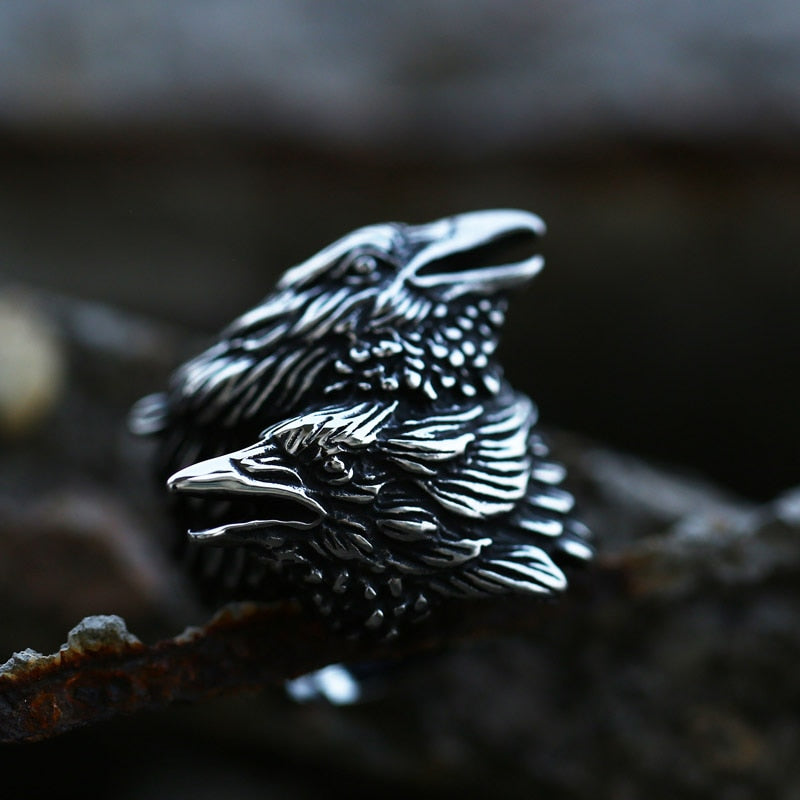
Paganheims Hugin and Munin Ring
Odin's Ravens and the Three-Eyed Crow
Odin, the Allfather of Norse mythology, was accompanied by two ravens, Huginn and Muninn, who flew across the world and brought him information. This image is powerfully evoked by the Three-Eyed Crow, later revealed to be Brynden Rivers, who uses ravens to gather information and can see through their eyes.
Brynhildr and Brienne of Tarth
Brienne of Tarth, the fierce warrior woman sworn to protect Catelyn Stark, shares much in common with the Valkyrie Brynhildr from Norse legend. Both are exceptional female warriors in a male-dominated world, both face challenges due to their unconventional roles, and both are involved in complex tales of loyalty and love.
Magic and Seidr
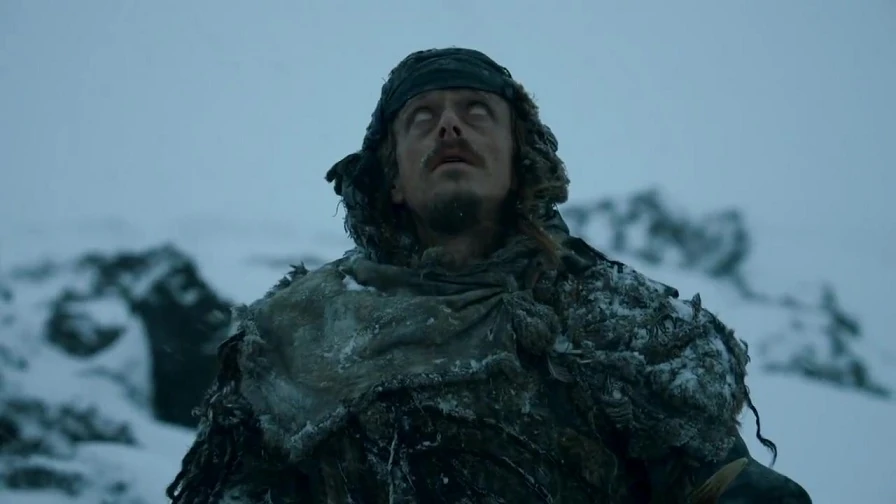
Orell, a Freefolk wildling, warging into his raven companion
Wargs and Shapeshifters
The ability of certain characters in A Song of Ice and Fire to enter the minds of animals, known as warging, has its roots in Norse and broader Germanic folklore. Shapeshifters and berserkers, warriors who could take on animal characteristics, are common in these traditions.
Greenseers and Norse Völvas
The greenseers, with their ability to see through time and space, bear a striking resemblance to the völvas of Norse tradition. These were seeresses who could divine the future and were held in high regard in Norse society.
The Wall and Norse Cosmology
The massive Wall that separates the Seven Kingdoms from the lands beyond finds its parallel in Norse cosmology. In Norse myth, a great wall surrounds Midgard, the realm of humans, protecting it from the giants who dwell in Jotunheim. The Night's Watch, tasked with guarding the realms of men, echo the role of the god Heimdallr, who stands watch at the Bifrost bridge to prevent giants from entering Asgard.
Valyrian Steel and Magical Weapons
The legendary Valyrian steel, with its superior quality and magical properties, calls to mind the mystical weapons of Norse mythology. Swords like Ice and Longclaw share characteristics with weapons like Gram, the sword reforged by Sigurd to slay the dragon Fafnir.
Conclusion
The Norse influences in A Song of Ice and Fire run deep, informing not just the surface details of Martin's world but its very foundations. From the cosmology of the weirwoods to the apocalyptic visions of the Long Night, from the raid-and-reave culture of the Ironborn to the mystical powers of the greenseers, the echoes of Old Norse mythology resound throughout the Seven Kingdoms.
Yet Martin is no mere copyist. He takes these Norse elements and weaves them into something entirely new, a tapestry as complex and intricate as any in fantasy literature. The Norse influences serve not to limit his creation but to enrich it, providing a depth of mythic resonance that helps make his world feel ancient and lived-in.
In the end, it's this skillful blending of influences, this ability to take the old and make it new again, that marks Martin as a master storyteller. By planting these seeds of Norse mythology in the fertile soil of his imagination, he has grown a mighty world-tree of his own, one whose branches reach into our world and whose roots plunge deep into the rich loam of our shared mythic heritage.
FAQs
- Did George R.R. Martin explicitly state that he was inspired by Norse mythology?
While Martin has acknowledged various historical and mythological influences, he hasn't explicitly detailed Norse influences. The parallels are drawn by readers and scholars analyzing his work.
- Are there any direct Norse names used in A Song of Ice and Fire?
While Martin doesn't use direct Norse names, some names have Norse-inspired elements. For example, "Stark" means "strong" in German, a language with Norse influences.
- How does Martin's use of Norse elements compare to other fantasy authors like Tolkien?
Unlike Tolkien, who more directly incorporated Norse elements, Martin's use is more subtle and blended with various other influences, creating a unique world.
- Are there any Norse-inspired prophecies in the series?
The prophecy of Azor Ahai and the Prince That Was Promised has elements reminiscent of Norse prophetic traditions, though it also draws from other mythological sources.
- Does the Norse influence extend to the HBO adaptation, Game of Thrones?
Yes, many of the Norse-inspired elements from the books are present in the TV series, particularly in the portrayal of the North and the Iron Islands.
References
"A Song of Ice and Fire Hardcover" by Jemimus is licensed under CC BY 2.0.
